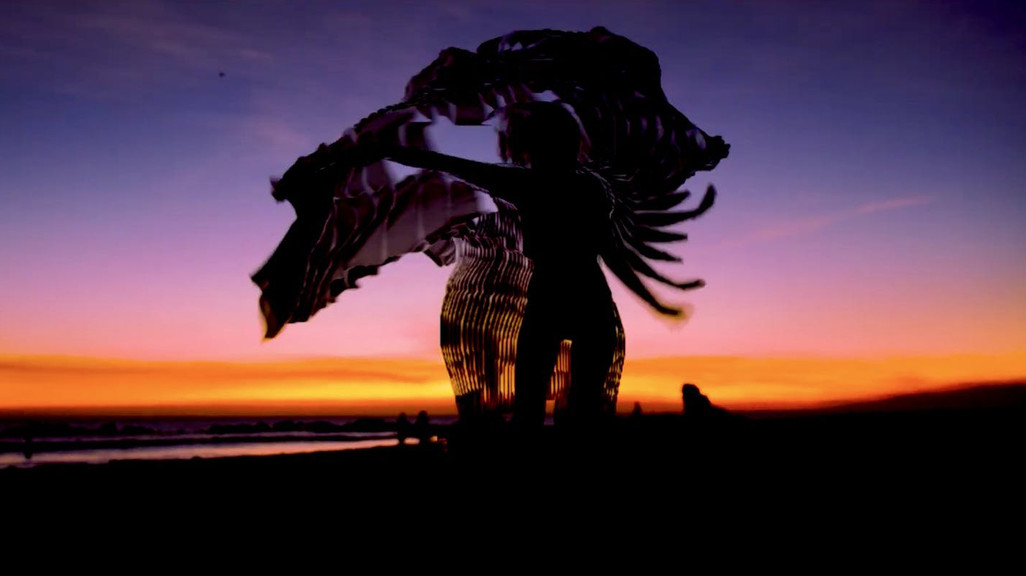
Exploring the Future of Narrative in Architecture with Natasha Sandmeier and Nathan Su
Nov 14, 2019
Narrative, drama, and fiction have always played a key role in the production of architecture.
During the 19th Century, for example, architects like Louis Sullivan and McKim Mead & White mixed organic and formal languages to tell stories about the activities that took place within the buildings they designed, while Modernist architect Le Corbusier often worked through episodic vignettes while designing buildings and urban plans alike. In the 1980s, Jon Jerde mixed these approaches to create his trademark "experience architectures," precedents that architects like Rem Koolhaas and Zaha Hadid melded with an urban focus to create buildings that extend the street indoors and create seamless collections of spaces that blur the distinction between inside and outside.
In recent years, architecture's narrative turn has largely focused on a variety of digital fronts, where virtual and augmented reality experiments, filmic approaches, and sophisticated visualizations are creating yet another genre of experiential architectural works. To highlight recent advances in this arena, Archinect spoke with UCLA Architecture and Urban Design professors Natasha Sandmeier and Nathan Su to delve into the work of their IDEAS Entertainment Studio. The studio is part of UCLA AUD's one-year post-professional Master of Science in Architecture and Urban Design (M.S.AUD) degree track that was launched by the university in recent years and represents a new horizon for architectural education.
What prompted your interest in the intersections between architecture, visualization, and media?
For better or for worse, we are entering an age where images and media representations of people, cities, and territories are often more powerful in defining what they are than the people, cities, and territories themselves. We live in a world where the line between fiction and reality is becoming less of a line and more of a gradated zone. Image-making technologies—from Generative Adversarial Networks (GANs) to real-time raytracing game engines—are making photorealistic synthetic imagery available to anybody with a decent laptop and some time to spare on YouTube tutorials.
This is a world of completely rendered Instagram personas, like @lilmiquela, of the entirely CGI rooms of IKEA’s catalogs, of faked viral videos, personalized media, and digital face manipulations that deliver fictions so elaborate and detailed as to be near indistinguishable from fact.
Where does the agency and responsibility of the designer, architect, and world builder lie in this strange new world?
Increasingly, architecture is dabbling in narrative- and experience-based work—especially as new technologies and digital computation approaches become more widespread. How do you hope the IDEAS Entertainment Studio students engage with these ideas?
Architecture is the oldest storytelling medium in the world—stories were painted on the walls of our earliest caves, for example. New media just amplifies the stuff we’ve always done: BUILDING WORLDS.
Architecture is the oldest storytelling medium in the world—stories were painted on the walls of our earliest caves, for example. New media just amplifies the stuff we’ve always done: BUILDING WORLDS. We hope that students become adept at using storytelling as a tool to test our emotional and academic responses to emerging technological and cultural problems through parable, parody, and thought experiment.
As tools for producing fiction become ubiquitous, it is crucial that students have the skill to detect and reveal mistruths, so as not to turn our cities into enchanted forests of illusion, falsified identities, and decontextualized facts. The next generation of designers and citizens needs to be savvy and skilled at spotting chatbots, deepfakes, and personalization algorithms that filter the content we receive.
This post is an excerpt. Read the full article on Archinect.com.
Related Faculty |
Natasha Sandmeier, Nathan Su |
Related topics |
Entertainment |